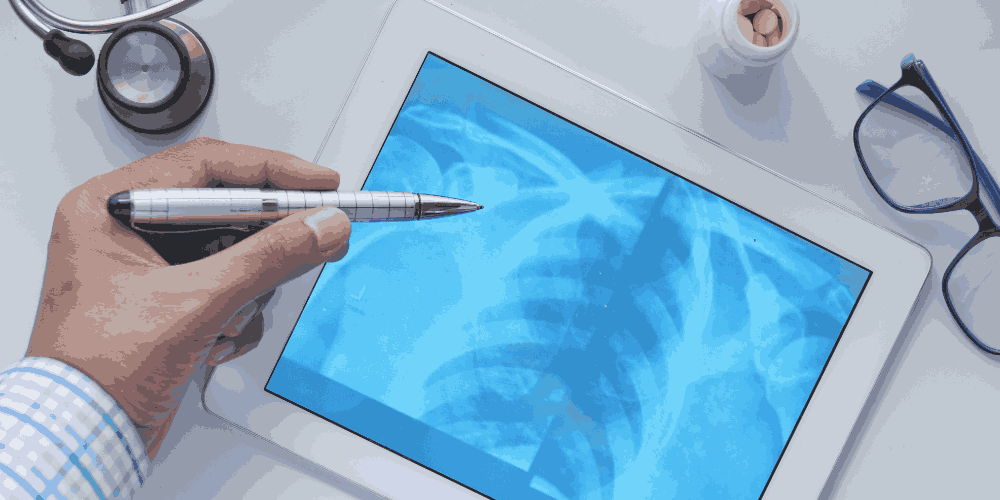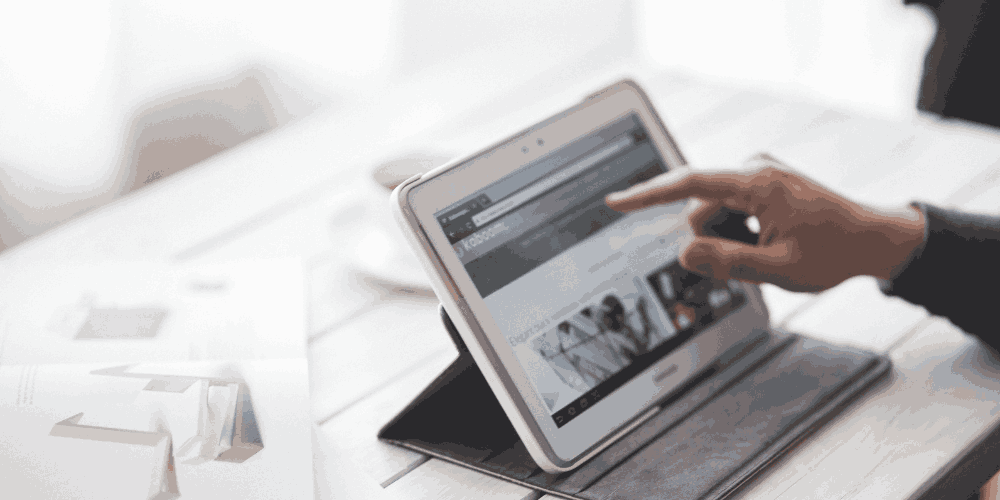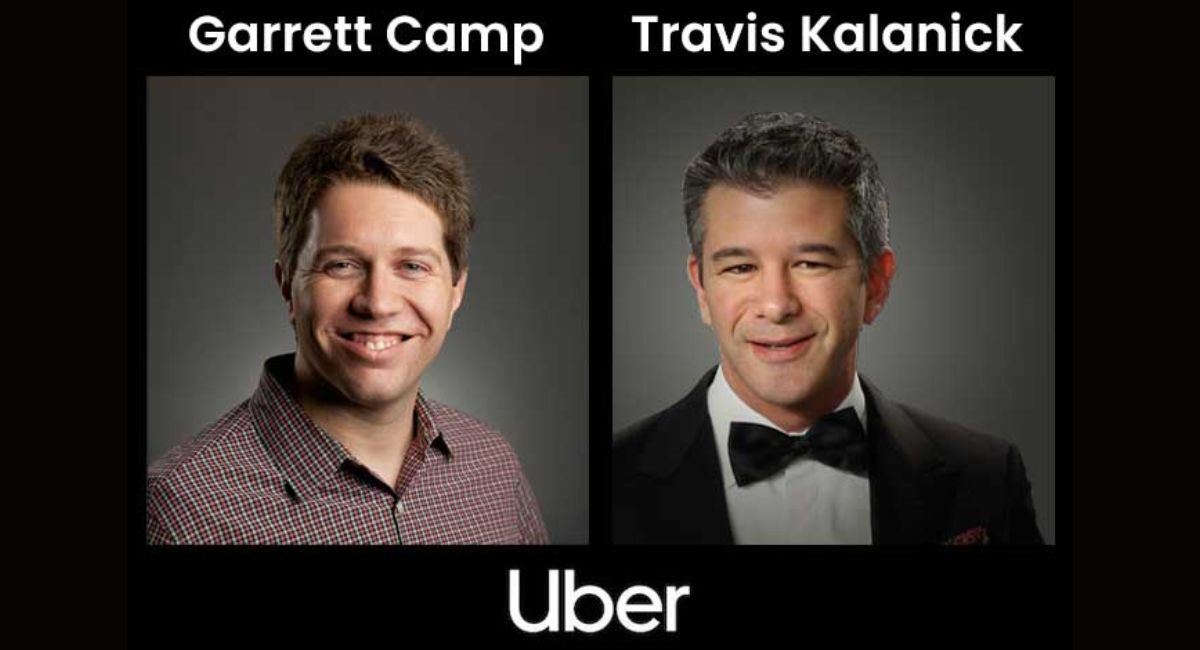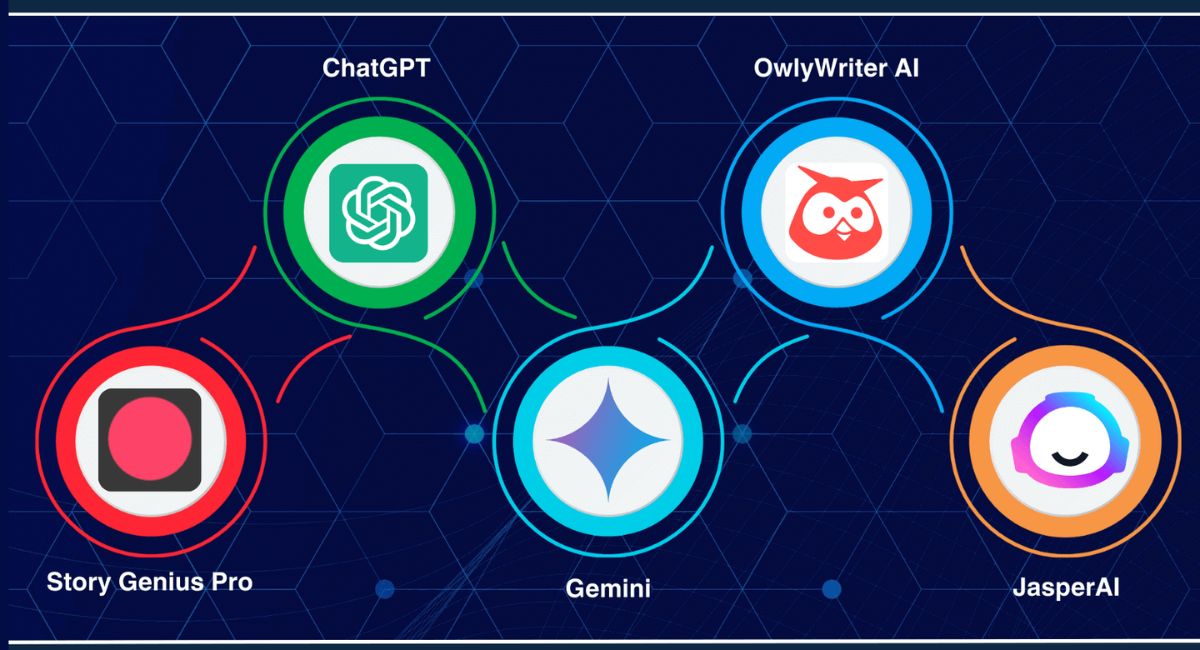Gone are the days when healthcare meant visiting the doctor only after symptoms appeared. Today, digital innovation is flipping the script, enabling us to prevent diseases even before they manifest.
From AI-driven analytics to smart wearables, these tools are empowering both patients and professionals, and at the center of it all lies the healthcare data analytics slide, giving visual clarity to complex health insights.
Read More: Top 10 Healthcare Leaders in the USA – 2025
Why Preventive Care Needs a Tech Boost
Traditional healthcare often responds after symptoms appear, which can delay treatment and increase costs. With the rise of chronic illnesses and lifestyle-related conditions, prevention has become more crucial than ever.
Digital technology offers the tools to detect risks early, intervene faster, and shift healthcare from reactive to proactive.
- Traditional Healthcare Falls ShortConventional healthcare systems often wait for patients to fall ill before taking action. This approach is expensive, inefficient, and sometimes fatal, especially with chronic conditions like heart disease, diabetes, or cancer that often go undetected for years.
- Enter Digital Preventive Care: Technology allows us to flip the script. By using wearables, remote monitoring tools, and AI-powered data analysis, we can catch health risks early. Tech doesn’t just diagnose; it helps predict, prevent, and personalize care like never before.
Read More: Natural Remedies for Insomnia That Actually Work
Top 5 Digital Health Trends Shaping Preventive Care
AI in Healthcare Data Analytics
Artificial intelligence is transforming how healthcare providers analyze data. It processes enormous datasets to identify patterns, flag anomalies, and predict risks. The healthcare data analytics slide offers an intuitive snapshot of these findings, helping physicians and policymakers make faster, smarter decisions.
Wearable Health Technology
From fitness bands to smartwatches, wearables are helping users track heart rate, oxygen levels, sleep quality, and activity. These devices continuously collect health data, empowering users to take preventive steps and share real-time updates with their doctors.
Remote Patient Monitoring (RPM)
RPM enables healthcare professionals to monitor patients from afar using connected devices. Whether it’s a senior citizen tracking blood pressure or a diabetic checking glucose levels, these tools support early interventions and reduce the need for in-person visits.
Telemedicine and Virtual Wellness
Telehealth platforms offer remote consultations, lifestyle coaching, and mental health support all from the comfort of home. Preventive care through virtual platforms ensures convenience, early detection, and proactive care even in rural or underserved regions.
Personalized Health Apps
Mobile health apps now provide tailored recommendations based on individual habits, goals, and conditions. They encourage healthy routines, push timely reminders, and adapt over time, making preventive care both smarter and more personalized.
Read More: How to Choose the Best AI Software in 2025 for Your Business Needs
Digital Tools vs Their Preventive Roles
| Digital Tool | Preventive Use Case | Example App/Device |
| AI Analytics Platform | Risk prediction modeling | Google Health AI |
| Wearable Devices | Monitor vitals and activity | Apple Watch, Fitbit |
| Health Mobile Apps | Build healthy habits | Noom, MyFitnessPal |
| Telehealth Portals | Preventive virtual consults | Practo, Teladoc |
The Role of Healthcare Data Analytics Slide
- Key Metrics Captured: These slides bring together complex health data in a digestible format. They typically feature vital metrics like BMI trends, heart rate variability, blood glucose levels, and sleep cycles, offering a 360-degree view of a patient’s preventive health profile.
- Where These Slides Are Used: Healthcare data analytics slides are becoming common in hospital dashboards, clinical presentations, and insurance reports. Doctors use them to track treatment effectiveness, spot red flags, and fine-tune health plans in real time.
Read More: How to Build a Personal Brand That Attracts Startup Investors
Key Metrics in Healthcare Data Analytics Slides
| Metric Tracked | Purpose | Preventive Impact |
| Heart Rate + BMI | Detect cardiac risk | Early fitness interventions |
| Blood Sugar Fluctuations | Identify diabetic trends | Proactive dietary shifts |
| Sleep Quality Scores | Analyze stress and burnout. | Suggest sleep routine changes |
| Step Count + Movement | Gauge daily activity | Encourage mobility goals |
How AI Powers Preventive Healthcare
1. Identifying High-Risk Groups
AI algorithms assess multiple variables—age, genetics, behavior, and environment—to segment populations by risk. This enables healthcare professionals to focus resources on those who need preventive care the most.
2. Real-Time Smart Alerts
Connected devices now send push alerts when they detect irregular vitals, missed medications, or inactive behavior. These alerts promote adherence and early action, stopping small issues from becoming major.
3. Adaptive Health Plans
AI customizes lifestyle recommendations that evolve with user data. Whether it’s a dietary tweak or a new sleep schedule, the system keeps adjusting the plan to stay aligned with health goals.
Read More: 10 Most Popular Types of Digital Marketing in 2025
AI Applications and Outcomes in Preventive Health
| AI Feature | Area of Use | Impact |
| Predictive Risk Modeling | Chronic disease forecast | Up to 25% fewer hospitalizations |
| AI-Wearable Integration | Lifestyle tracking | 30% increase in user engagement |
| Chatbots and Mental Health | Wellness support | Reduced stress in remote employees |
Beyond numbers and dashboards, what makes these AI applications truly transformative is their ability to bridge the gap between data and daily decisions.
Whether it’s a subtle heart rate anomaly or a drop in activity levels, these systems can convert complex medical signals into simple, actionable insights.
For patients, it means staying a step ahead of illness. For healthcare providers, it means delivering care that’s not only smarter but also timely, personalized, and prevention-focused.
Future Scope: Where Digital Health Is Headed
AI + Genomics for Ultra-Early Detection
Advanced platforms will soon combine genetic data with behavioral patterns to flag diseases before they even begin. Personalized preventive medicine will be driven by this deep-data fusion.
Biosensors and Implantable Tech
Miniaturized, implantable biosensors will allow 24/7 monitoring of vitals from inside the body. These will connect to mobile apps, pushing alerts the moment something goes wrong.
Health-Driven Insurance Models
Insurance providers are beginning to use digital health records and healthcare data analytics slides to adjust premiums. The healthier your digital profile looks, the lower your insurance rates could be.
Conclusion
Preventive care is no longer a luxury; it’s a necessity in today’s fast-paced, risk-prone world. With innovations like AI, wearable tech, and healthcare data analytics slides, we now have the power to predict health issues before they escalate.
AI in diagnostics will be standard by 2035 — detecting diseases like cancer, cardiovascular conditions, and neurological disorders with >95% accuracy. ( Source )
As digital tools continue to evolve, the future of healthcare will not just be about curing disease but about preventing it with precision, personalization, and data-driven insights.
FAQs: Digital Health & Preventive Care
- What is preventive care in digital health?
It’s about using technology to predict and prevent illness before it requires treatment, rather than reacting after symptoms appear.
- How does AI support preventive care?
AI identifies patterns, predicts future health risks, and helps deliver data-backed personalized care.
- What is a healthcare data analytics slide?
It’s a visual format, usually a chart or dashboard that showcases health trends and helps doctors make faster decisions.
- Are wearables accurate enough for medical use?
Yes. Many wearables are now FDA-approved and provide real-time, reliable vitals for preventive monitoring.
- How do mobile health apps contribute to prevention?
They track lifestyle habits, offer health advice, and promote consistent routines that reduce future health risks.
- Can telemedicine really help with prevention?
Absolutely. Virtual consultations offer early diagnoses, follow-ups, and wellness guidance before conditions escalate.
- What role does remote monitoring play in prevention?
It allows daily tracking of patient health metrics, enabling quick response to any abnormal changes.
- Is my health data safe on digital platforms?
Most platforms now use encrypted, HIPAA-compliant frameworks to ensure data privacy and protection.
- Which companies are leading in this space?
Google Health, Apple, Microsoft Cloud for Healthcare, and Fitbit are major players in preventive digital healthcare.
- Will AI replace doctors in preventive care?
No, but it will enhance their efficiency, helping them make faster, smarter, and more personalized decisions.















